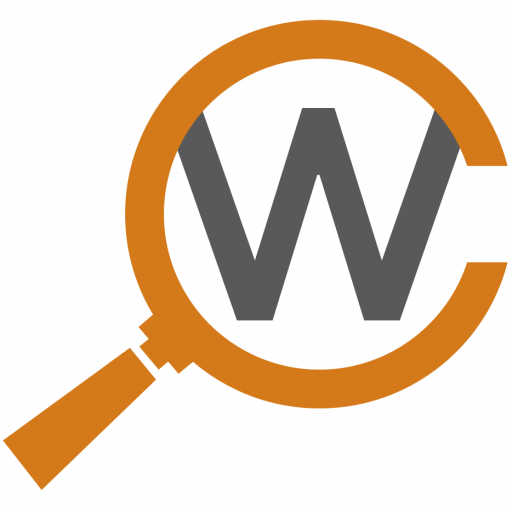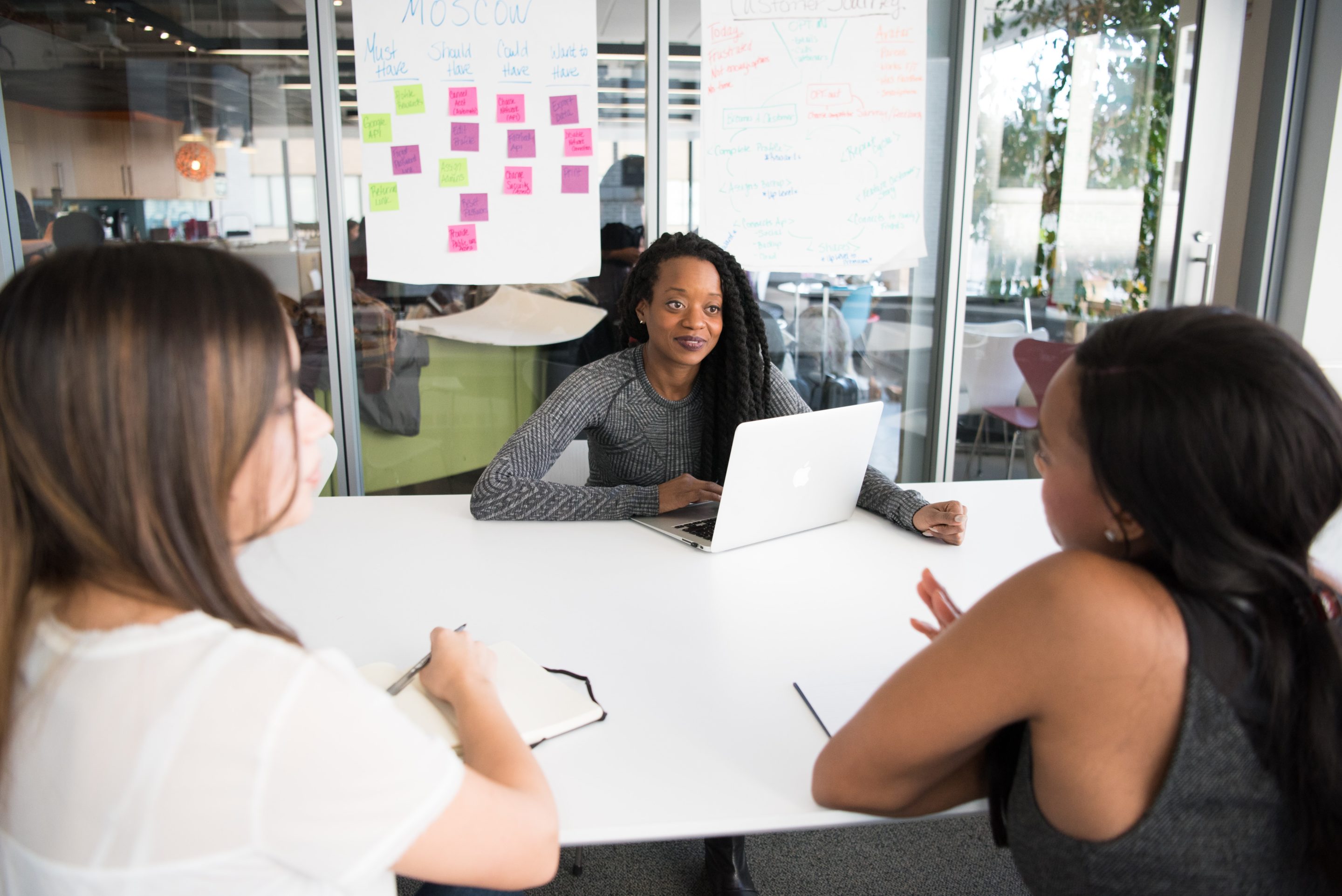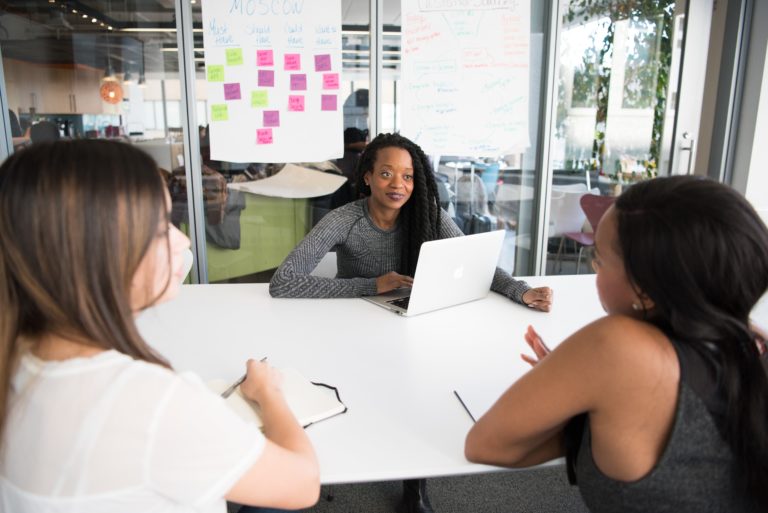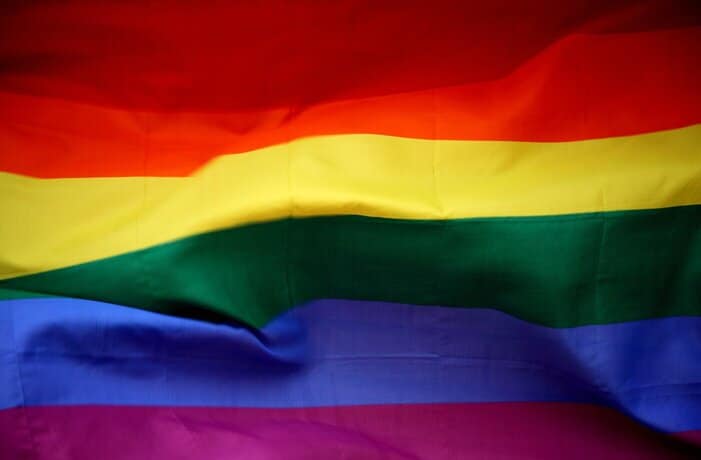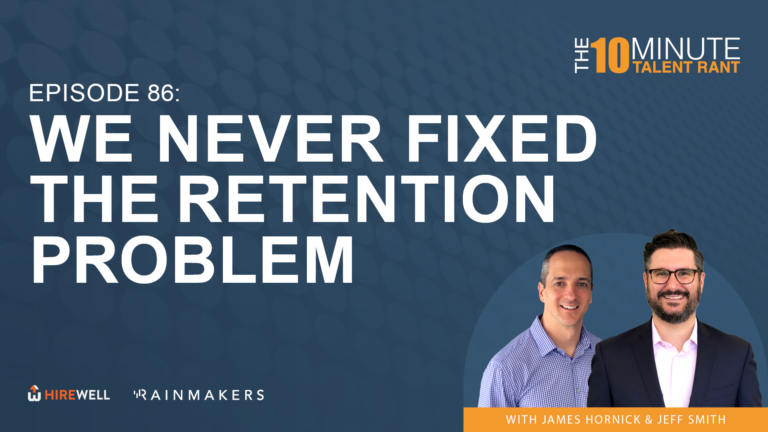What is DEI?
Diversity, equity, and inclusion. Also often referred to as “DEIB”, the B stands for belonging.
What are some challenges to DEIB Change Management initiatives?
Getting your stake-holders to buy-in is the single biggest challenge of getting a DEIB initiative off the ground. Some folks think that change should just happen organically. In a way it does, change will happen regardless; but change management is needed to help that change happen in the most productive, equitable way possible. Two other challenges are education and biases; these go hand in hand. When you have a solid curriculum to educate folks, you help make them aware of the unconscious biases that they (and we all) experience, therefore helping to limit the negative impact of those biases.
How can an organization help to create stakeholder buy-in for DEI initiatives?
You need to foster environments that encourage curiosity, empathy, and unobstructed communication avenues. Curiosity provides an in-road to empathy. You can’t expect to have authentic communication without curiosity and empathy, and you can’t have successful DEI initiatives without authentic communication. Get the stakeholders curious first through showing them compelling data.
What are some good resources to bolster a DEI Change management program?
Holistic would be a great partner for just about any organization that is looking for guidance and/ or support for their DEI initiatives. There are also some great thought leaders on LinkedIn to follow (Joe Thurman, Nina Baliga, Candice Morgan, Joelle Emerson, Michelle Kim, Steven Huang ). Holistic has a few free resources to help with DEI education.
DEI Change Management
Ryan Brown, a Lead Recruiter at Hirewell; and Leah Dugan, a Recruiter at Hirewell, recently sat down with Cynthia Rodriguez. Cynthia is an expert in the DEI space who has worked in a number of industries including healthcare and tech. She is currently a consultant for Holistic, a technology firm devoted to improving the employee experience using proprietary tools and a targeted, data-driven approach, focusing on equity, inclusion, diversity, fairness, advancement, opportunity, and consistency of treatment.
Here are some excerpts from their conversion.
Leah: I think we should start with the basics – how is DEI defined?
Cynthia: Diversity, equity, and inclusion; those are the main pillars of the overall experience. The other pillars being leadership development and employee engagement, and all the things that drive them. There’s also a newer term DEIB, or DBEI, however you want to say it. The “B” is for belonging.
Ryan: So you mentioned this new term entering the DEI space- “Belonging”, so what does that mean exactly?
C: When I hear people describe “belonging”, they often describe it as being synonymous with inclusion, but in my estimation, “inclusion” is more of an act that leads to belonging. So belonging is a feeling; feeling like you’re a part of something. Inclusion is the act of making you belong.
L: What about Change Management, can you give us a definition of that?
C: As a definition, change management is a really broad term that defines how an organization goes about implementing modifications or alterations to their internal or external processes. So it is literally managing change.
R: So how would you relate that to DEI?
C: Essentially, embedding DEI principles into an organization requires change management efforts. At the core, it’s really about starting a robust communication strategy and a change roadmap to incorporate DEI into the culture. It’s really important to think about the culture because as Peter Drucker says, “Culture eats strategy for breakfast”. So it’s not really about the strategy, it’s about the culture of the organization; the people in it and what needs to change there.
L: So we know it’s important to have buy-ins from stakeholders in order to create change, how do you go about doing that?
C: When I think about DEIB, I think about curiosity, empathy, and communication. Those three things are really what drive DEIB. It starts with curiosity; what’s the current state, how are people feeling, what are the current processes? Curiosity leads to active listening and asking the right questions. It provides an inroad to empathy. And that communication piece is a big factor. You can’t expect to have authentic communication if these things are lacking. Stakeholders want to be included and want to be a part of the solutions and it’s really important that they are part of the initial conversations in order to get buy-in.
R: What are some challenges with DEI and Change Management?
C: DEI sometimes makes people uncomfortable. It’s a fact. Many people think it should be natural, that DEI should just happen and doesn’t require any intentional focus. And frankly, change will happen organically, but we have to guide what happens and that is what change management is all about. A lot of people don’t realize that there are many systemic issues at play that make that organic change very difficult.
Another challenge is the education factor. You can’t expect people and processes to change unless the people involved are champions of the change and that requires them to be educated so that they can be committed to what their personal responsibility is. It really takes individual responsibility to enact change. A third thing has to do with assumptions. We all make assumptions, we all have biases; and those things make change, particularly in a DEI space, very challenging.
L: Speaking of challenges, I think we’ve all talked to people in the DEI space who have experienced burnout. So what are some things that contribute to that, and what are some ways in which it can be avoided or mitigated.
C: As with anything difficult or challenging, there is the propensity for burn out. Everyone has decided they need a DEI leader. And so you get the DEI leader in the door and everyone goes, “here you go” and they just kind of dump all of the problems on this individual and it really sets them up for failure. It’s hard to come into years or decades of problems, play catch up, change this environment without tons of education and buy-in. I think it’s important to understand that everyone in the organization has some personal responsibility. Not everyone is leading the charge, but even those folks in the back of the crowd have a role to play and it’s all up to us to determine what our role is and take some of the pressure off the one person who has been charged with fixing all of the DEI problems. At the core, it’s just too much for a small team or one person to do.
R: Do you think every organization needs a DEI leader?
C: Yes, I think so. There needs to be at the very least a dedicated DEI resource. People teams should be looked at as champions in the space. But there are also organizations like Holistic who really help companies that don’t have the resources to commit to an individual or internal team. And to get a good idea of what your numbers are from a data perspective. Who do you have working for you and what do they think? What’s the empirical data that we have? There are a ton of organizations in the DEI space that are taking the lead to help companies figure this out, but ideally, I think there should be a person or a team and they can partner with orgs like Holistic. It’s next to impossible to create DEI change in an environment by yourself.
R: So do you have some success stories of some companies that are really doing it right?
C: Yes I do! So there are a lot of organizations that are really doing a great job in this space. Being really transparent and opening up their books and having the conversations. But I would like to brag on some of Holstic’s clients. As Director of Client Services, I have some insight on all of our clients. I lead the team of client managers and support them in supporting their clients. There are three organizations in particular that I want to call out; Hello Fresh, Right Point, and Yello. I have been blown away by the intentionality and commitment that each of these have brought to building out their DEI strategies and the focus on improving the experience for their employees. Aside from 2020 being what it is, these orgs were already on the journey. They were already asking the questions. Asking their employees what they needed. Listening to employee experiences, even when those experiences are hard to hear. They didn’t stop having the conversations, they continued having the conversations. And they continue it today. There are many organizations that are doing similar things and I applaud them.
R: If there are organizations that are starting on this journey what would you suggest as a first step for them?
C: Knowing that you need to provide some focus to DEI is a start. Just talking to some leaders internally. What do they know? What don’t they know? Talking to the leaders of the people teams. They might know of whom to reach out to provide support. There’s always Holistic, that’s literally what we do! You can reach out to orgs like us, and we’ll ask the questions and we have a different approach because we have these proprietary tools to help you measure your engagement and your representation. You might think you know your numbers, but do you really know? You need to know who’s in your pipeline? Who’s applying to your jobs? How well do they do in the process? Out of people who are applying, who’s being hired, are they staying? What’s their experience like? If they’re leaving, why are they leaving and where do they go? These are the things that you need to consider and Holistic can help you with those things and build out strategies.
L: Any advice for smaller businesses that may not have the resources to bring on a dedicated DEI leader but would like to do something to implement DEI initiatives?
C: At Holistic we have some resources and tools like our Inclusive Language toolkit for example that we share free of charge. Things regarding allyship, microaggressions, and biases. There are resources out there for folks. There are some great folks on LinkedIn that have large networks of really great folks who are well informed and really looking to make a better world and it doesn’t have to cost an arm and a leg.
